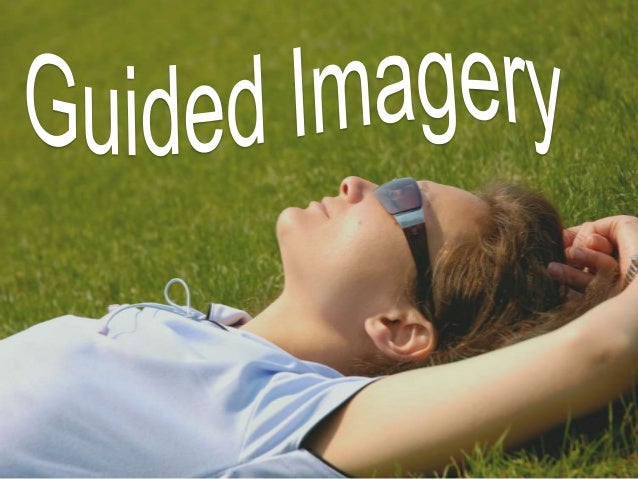Do you ever feel stressed out? Do you find it difficult to relax and calm your mind? If so, guided imagery may be the perfect solution for you. Guided imagery is a technique that uses visualization and relaxation to promote stress relief and healing. In this blog post, we will discuss what guided imagery is, how it works, and some of the benefits of using this technique. We will also provide tips on how to get started with guided imagery.
Contents
What Is Guided Imagery?
 Guided imagery is a relaxation technique that uses visualization to achieve a state of deep relaxation and stress relief. It involves picturing oneself in a calm, peaceful place and focusing on the positive feelings that are associated with it. This technique can be used to promote better sleep, reduce anxiety and stress, and improve overall mood. This also means that it can be helpful for those who suffer from conditions like anxiety, panic disorder, and depression.
Guided imagery is a relaxation technique that uses visualization to achieve a state of deep relaxation and stress relief. It involves picturing oneself in a calm, peaceful place and focusing on the positive feelings that are associated with it. This technique can be used to promote better sleep, reduce anxiety and stress, and improve overall mood. This also means that it can be helpful for those who suffer from conditions like anxiety, panic disorder, and depression.
This technique is very simple to learn and can be done anywhere, at any time.
Different Techniques of Guided Imagery
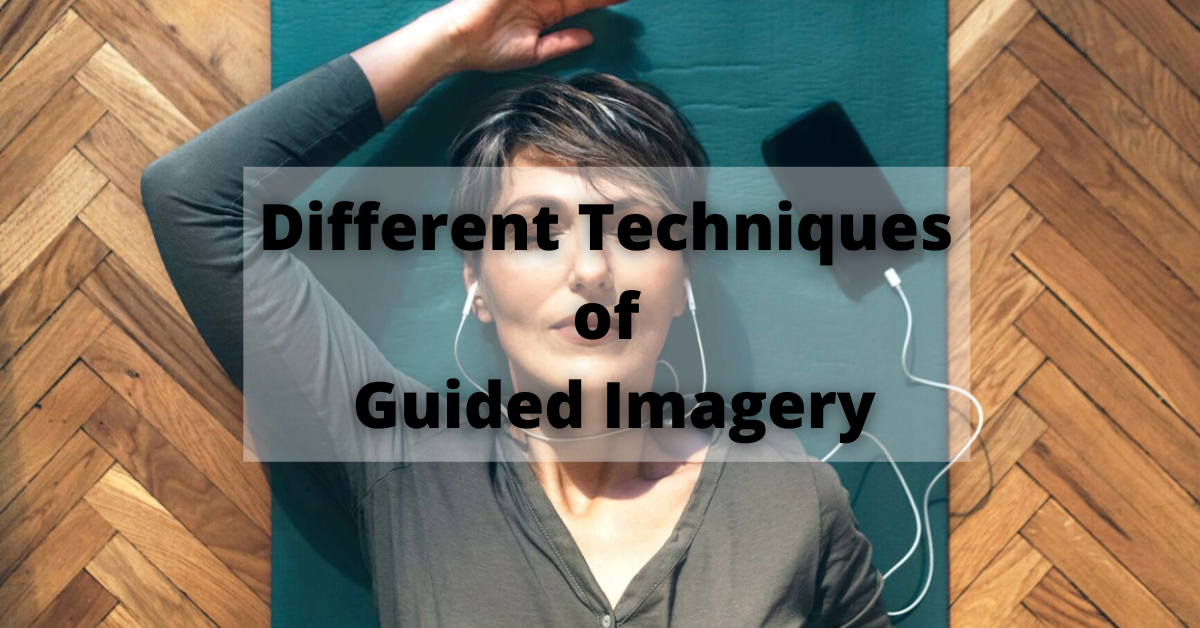
There are many different techniques of guided imagery. Some of these are:
Travel Imagery
This technique involves picturing oneself in a beautiful, natural setting. It might be a tropical beach, the mountains, or a lush forest. This is a great way to get away from stress and problems and relax in a peaceful place.
Peaceful Place Imagery
This technique involves picturing oneself in a calm, safe place. It might be a favorite spot in nature, inside of one’s home, or somewhere else that provides peace and security. This is helpful for dealing with anxiety and stress.
Sensory Imagery
This technique uses all of the senses to create an imagery experience. For example, someone might imagine themselves on a sandy beach listening to the sound of waves crashing against the shoreline. This can be very immersive and provide deep relaxation.
Creative Imagery
This technique involves using one’s imagination to create an imagery experience. This could be anything from flying through the sky on a magical unicorn to exploring the galaxy in a spaceship. This is a great way to explore new places and experiences without leaving home.
Working of Guided Imagery

The working of guided imagery is based on the principle of neuroplasticity. This means that the brain can change its structure and function in response to experience. By picturing oneself in a calm, peaceful place and focusing on the positive feelings associated with it, one can train their brain to produce these feelings automatically. This can be a very helpful tool for managing stress, anxiety, and other negative emotions.
There are many different techniques of guided imagery that can be used to achieve different results. Some people find that traveling imagery helps them relax and escape from daily stressors. Others prefer to use a peaceful place imaginary to deal with anxiety or panic attacks. Still, others enjoy using sensory imaginary to create an immersive experience that takes them away from reality. There is no wrong way to do guided imagery, as each person’s experience will be unique.
The key is to find a technique or techniques that work best for you and to use them regularly. This can help train your brain to automatically produce the positive feelings associated with relaxation and stress relief. Guided imagery can be done anywhere, at any time, making it a very convenient tool for managing stress and improving mental health.
Steps of Guided Imagery
There are many steps of guided imagery, but the basic idea is to first find a calm, peaceful place in your mind. This could be a beach, meadow, mountaintop, or some other location that brings you peace and tranquility. There are many steps such as:
Step 1: Find Comfortable Place To Sit Or Recline.
 This step is when you will want to get situated for your relaxation journey. Find a comfortable place to sit or recline in. Make sure you are free from distractions and that you will not be disturbed. Sometimes people like to use guided imagery while lying in bed, as this can promote better sleep.
This step is when you will want to get situated for your relaxation journey. Find a comfortable place to sit or recline in. Make sure you are free from distractions and that you will not be disturbed. Sometimes people like to use guided imagery while lying in bed, as this can promote better sleep.
Step 2: Close Your Eyes and Take a Deep Breath In.
This Step is very important, as it will help you get into the right frame of mind for relaxation. As you close your eyes, take a deep breath in and feel yourself relax more with each inhale.
Step 3: Picture Yourself In A Relaxing Place
 Now that you are relaxed, it’s time to picture yourself in a relaxing place. This could be anyplace that brings you peace and tranquility- a beach, meadow, mountaintop- whatever works best for you. Spend some time focusing on the sights and sounds of this place, and allow yourself to soak in the positive feelings that come with it.
Now that you are relaxed, it’s time to picture yourself in a relaxing place. This could be anyplace that brings you peace and tranquility- a beach, meadow, mountaintop- whatever works best for you. Spend some time focusing on the sights and sounds of this place, and allow yourself to soak in the positive feelings that come with it.
Step 4: Allow Yourself To Relax
Once you have found your peaceful place, allow yourself to relax in it. Let go of any stress or tension you may be feeling and simply let the peace wash over you. Stay here for as long as you like, and when you’re ready, slowly open your eyes and return to the real world. In this way, you can use guided imagery to take mini-vacations from the stresses of life and come back feeling refreshed and rejuvenated.
Step 5: Practice, Practice, Practice
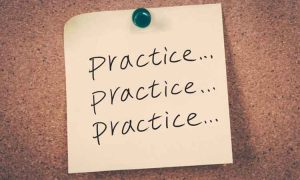 Like anything else, the more you practice guided imagery, the better you will become at it. Try doing it for a few minutes every day and see how you feel. You may find that this relaxation technique becomes one of your favorites. In this step, we will give you a simple guided imagery session to try.
Like anything else, the more you practice guided imagery, the better you will become at it. Try doing it for a few minutes every day and see how you feel. You may find that this relaxation technique becomes one of your favorites. In this step, we will give you a simple guided imagery session to try.
Effects of Guided Imagery
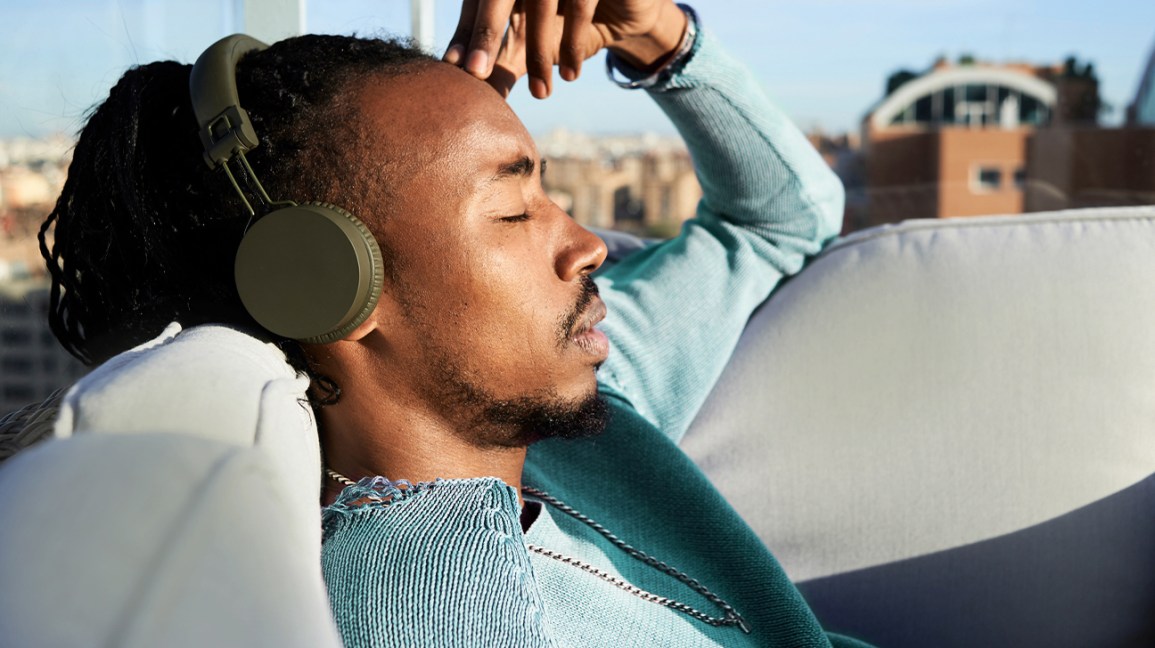
There can be many different effects of guided imagery, depending on the person and the technique used. There can be positive as well as negative effects. Some of these are:
Impacts Brain Waves
This is because different techniques of guided imagery can have different effects on brain waves. For example, using visual imagery with lots of colors and images can result in an increase in alpha waves. This is associated with relaxation and creativity.
Helps To Relieve Stress
Guided imagery can help to relieve stress in a number of ways. For one, it can help to distract from the things that are causing stress. It can also help to release tension and promote relaxation. This, in turn, can lead to fewer physical symptoms of stress such as headaches, muscle tension, and upset stomachs.
Reduces Anxiety
For people with anxiety disorders, guided imagery is a very effective treatment. It helps by providing an escape from reality where people can feel safe and in control.
May Promote Better Sleep
It is thought that the relaxing effects of guided imagery may carry over into sleep, helping people to fall asleep more quickly and get deeper restful sleep.
There you have it- a basic guide to using guided imagery for stress relief. As you can see, it is a very simple technique that can be done almost anywhere and doesn’t require any special equipment. So why not give it a try? You may be surprised at how relaxing and stress-relieving it can be.
Benefits of Guided Imagery

There are many benefits of guided imagery. Some of these are:
Makes You More Relaxed
The main benefit of guided imagery is that it makes you more relaxed. This happens because it takes you away from the stressors in your life and into a place of peace and tranquility.
Helps You To Deal With Stressful Situations
When used before or during a stressful situation, guided imagery can help to manage the stress better. It provides an outlet for emotions and can help to calm down the body’s response to stress.
Improves Mental Health
There is some evidence that guided imagery may be helpful in treating mental health disorders such as anxiety and depression. This also includes improving symptoms such as stress, anxiety, and mood swings.
Improves Physical Health
There is some evidence that guided imagery may also improve physical health. This includes reducing the risk of diseases such as heart disease and cancer and improving healing times after surgery.
Provides Escape from Reality
For some people, guided imagination provides a much-needed escape from reality where they can feel safe and in control. It can be a place to deal with emotions and problems that are difficult or impossible to do in the real world.
Helps In Recovery From Trauma
Guided imagery can be helpful in the recovery process from trauma. It can provide a way for people to process and deal with the traumatic experience in a safe and controlled environment.
Limitations For Guided Imagery
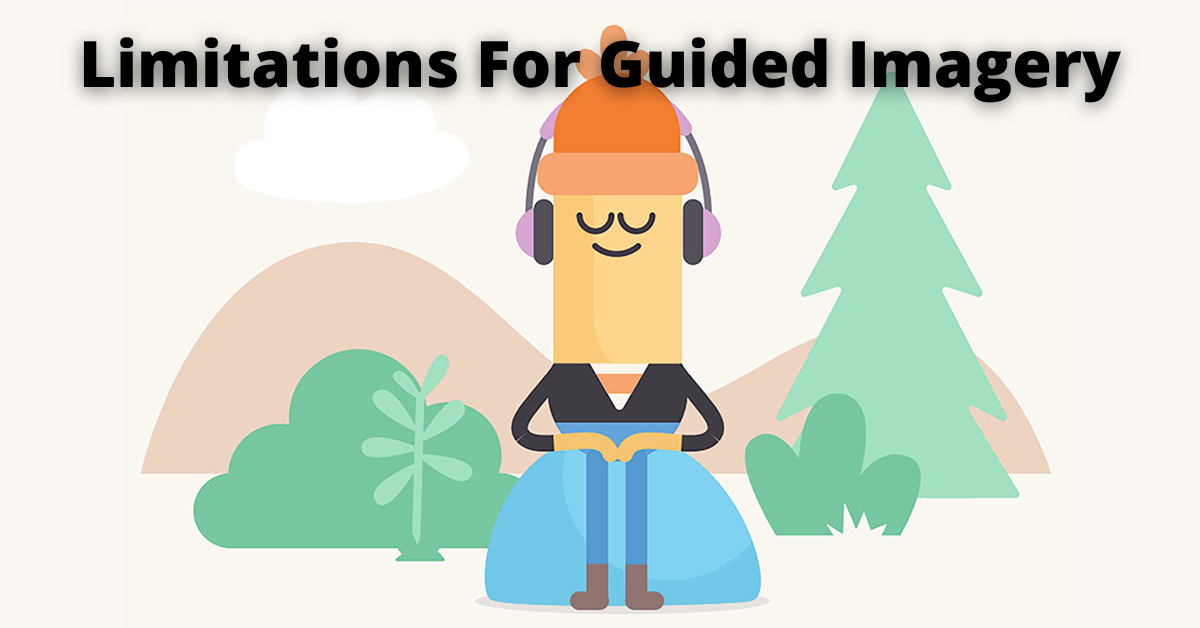
There are many limitations to guided imagery. Some of these are:
May Not Be Beneficial For Everyone
Not everyone may benefit from guided imagery. It is important to find the right technique for you and make sure that you are using it in the correct way. This is because different techniques can have different effects on the mind and body.
Can Be Dangerous If Used Incorrectly
If used incorrectly, guided imagery can be dangerous. It is important to only use techniques that one qualified instructor helps you. You can never use them in place of medical treatment.
Requires Time and Effort
Guided imagery requires time and effort to be effective. You need to be able to focus and relax your mind in order for it to work properly. This may not be possible for everyone or every day.
May Require Lot of Practice
This may also require a lot of practice to be effective. You need to become comfortable with the technique and use it in a way that is beneficial for you. This may take time and patience.
Conclusion
In conclusion, guided imagery is a very simple technique. One can practice this almost anywhere and doesn’t require any special equipment. It has many benefits for stress relief, mental health, and physical health. However, it is important to note that there are some limitations to this technique and it may not be beneficial for everyone. It is also important to use this in the correct way to get the most out of it. With practice, you may find that this technique becomes one of your favorite ways to relax and de-stress.
A Word From Therapy Mantra
Your mental health — your psychological, emotional, and social well-being — has an impact on every aspect of your life. Positive mental health essentially allows you to effectively deal with life’s everyday challenges.
Also, at Therapy Care, we have a team of therapists who provide affordable online therapy to assist you with issues such as depression, anxiety, stress, relationship, OCD, LGBTQ, and PTSD. You can take our mental health test. You can also book a free therapy or download our free Android or iOS app.
